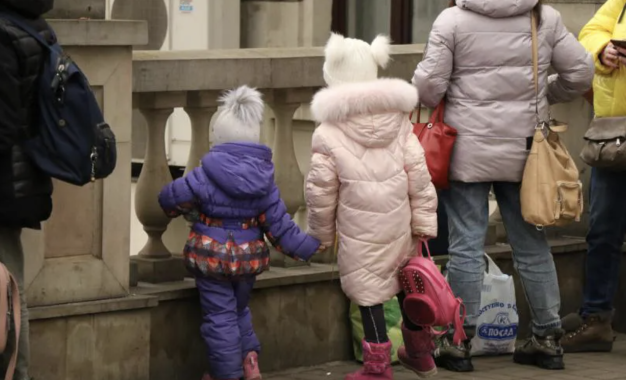
New data tool is latest step towards tackling child inequalities – Save the Children
Save the Children has launched a new data tool for generating statistics that can better highlight child inequalities and develop solutions.
The global charity says the world is ‘wildly off track’ to meet the 17 United Nations global goals by 2030, which it believes is ‘putting the lives and futures of millions of children at risk’.
This will happen, it adds, unless leaders make ‘concrete plans to accelerate progress’ on the 17 Sustainable Development Goals (SDGs) agreed by all 193 UN member countries.
These goals were established in 2015 and have reached their midpoint, but still barely one in 10 of their requirements are on track to be met by 2030.
Information from Save the Children’s new visualisation tool, the Child Atlas, shows that 392 million of the 922 million children – two in five – starting school over the next seven years will not be able to read and understand a simple text by age 102. With Goal 4 focused on ensuring all children receive a quality education, this statistic shows that the majority of the world’s children will continue to miss out unless leaders unless there is immediate action.
‘Children will continue to miss out’
The Child Atlas can be used by organisations and child professionals to generate new statistics measuring global progress against certain goal indicators. Users can also explore the various ways in which inequality affects the lives of children, understand the relationships between these factors and, crucially, hear from children themselves about the problems they are living with.
Inger Ashing, CEO of Save the Children International, said: “If the Sustainable Development Goals are achieved, the world in 2030 will look markedly different to the one we live in now. There’d be no extreme poverty anywhere, gender equality achieved, inequality reduced, and urgent action taken to combat climate change.
“However, with less than seven years left, children are experiencing multiple, overlapping crises like we’ve never seen before. Hunger, conflict, inequality, poverty and the climate crises threaten children’s survival, protection and right to learn. The SDGs are the best framework we have for charting a way out of this moment of crisis to build a greener, fairer planet for all children.
‘It’s a child’s right to have their views heard’
“Child participation is critical for successfully achieving the SDGs and ultimately children’s rights. It is also a child’s right to have their views heard and participate in public decision-making on issues that affect their lives.
“Data to understand the situation is crucial: it helps policymakers make better decisions and allocate resources effectively. By including disaggregated data on many key indicators, our new Child Atlas includes crucial data to allow world leaders and civil society to better understand why certain groups of children are falling behind, how the intersecting experiences of inequality and discrimination are impacting progress toward the SDGs, and to monitor rates of improvement.”
The Children’s Child Atlas estimates that, based on current progress, projects that over the next seven years – or the time left for the world to achieve the 17 SDGs –
- 31.6 million of the 942 million babies born between now and 2029 will not survive to celebrate their 5th birthday3.
- Malnutrition will leave more than 1 in 5 babies born stunted4.
- Of the 414 million girls who will finish primary school by 2030, 67 million will marry before turning 185.
- 2.6 billion – or 4 in 5 – children will experience at least one extreme climate event6.
The SDG Summit takes place in New York from 18-19 September, and so the charity is urging world leaders attending the summit to renew their commitments, supported by concrete plans, to urgently accelerate progress towards the goals.
It wants world leaders to ‘turn promises into action, work both for and with children, and unlock the finance needed to deliver the SDGs and invest in services and systems that put the needs and rights of children first’.




